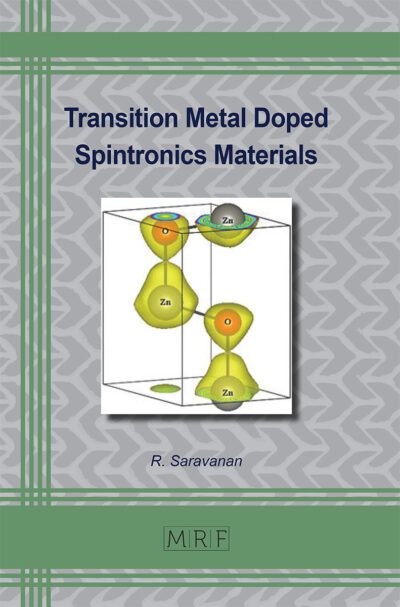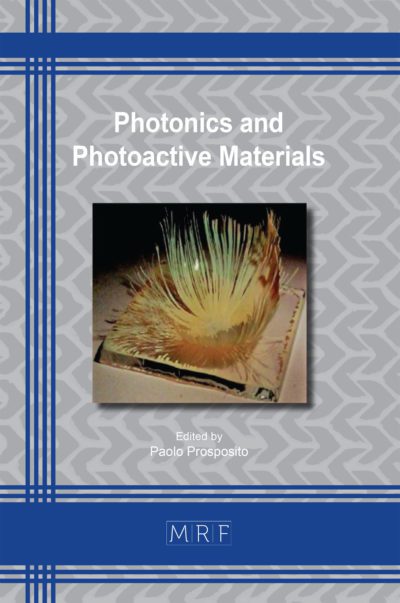Ferrite Materials for Memory Applications
R. Saravanan
Materials Research Foundations Volume 18
Publication Date 2017, 172 Pages
Print ISBN 978-1-945291-38-8 (release date November 11th, 2017)
ePDF ISBN 978-1-945291-39-5
DOI: 10.21741/9781945291395
In the modern world, the life style of humans is greatly influenced by electronic gadgets. These electronic gadgets need semiconducting and magnetic materials. In particular, the magnetic materials which find applications in almost all such gadgets need to be researched and better understood. Magnetism has diverse applications, from simple “loadstone” to complex DNA sequencing.
The aim of this book is to describe the synthesis and characterization of various nano ferrite materials used for memory applications. It is now well established that materials synthesized in nanometer scale have novel properties compared to their bulk counterparts. The distinct feature of the book is the construction of charge density diagrams of ferrites by using the maximum entropy method (MEM). It is analyzed how the charge density distribution in the ferrite unit cell affects charge related properties.
Keywords
Magnetic Materials, Nano Ferrite Materials Characterization Techniques, Dielectric Studies, Maximum Entropy Method (MEM), Magnetic Properties, Optical Properties, Dielectric Properties
Table of Contents
Preface
Chapter 1 Introduction 1
Chapter 2 Results Results 42
Chapter 3 Discussion 120
Chapter 4 Summary 153
Keywords 157
About the author 158
paperback flyer eBook flyer
ProtoView by Ringgold Clean Data



















